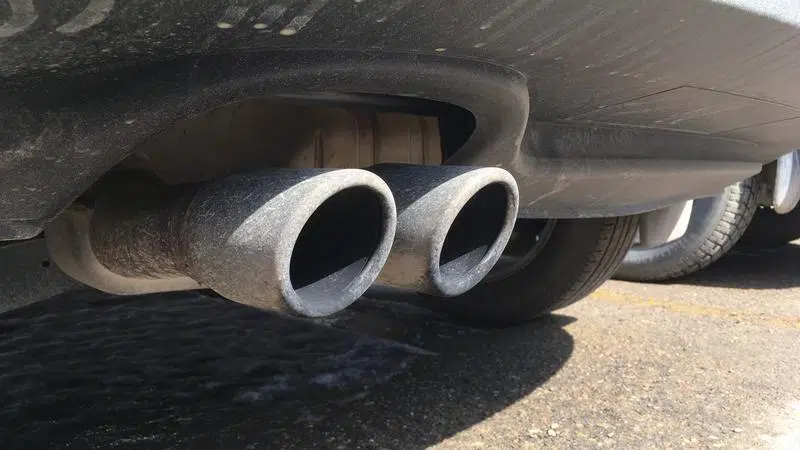
U of S climate scientist reacts to Environment Canada report
A leading Canadian water security expert says a recent Environment and Climate Change Canada report highlights the need to change how Saskatchewan designs and builds communities and infrastructure.
“We already had an extreme climate and to make it more extreme really pushes the viability of our agriculture, our cities, communities and our transportation networks,” said John Pomeroy, who is a Canada research chair in water resources and climate change and chairs the global water futures program at the University of Saskatchewan.
Monday’s Environment Canada report stated that Canada is warming up twice as fast as the rest of the world and that the change is “effectively irreversible.”


